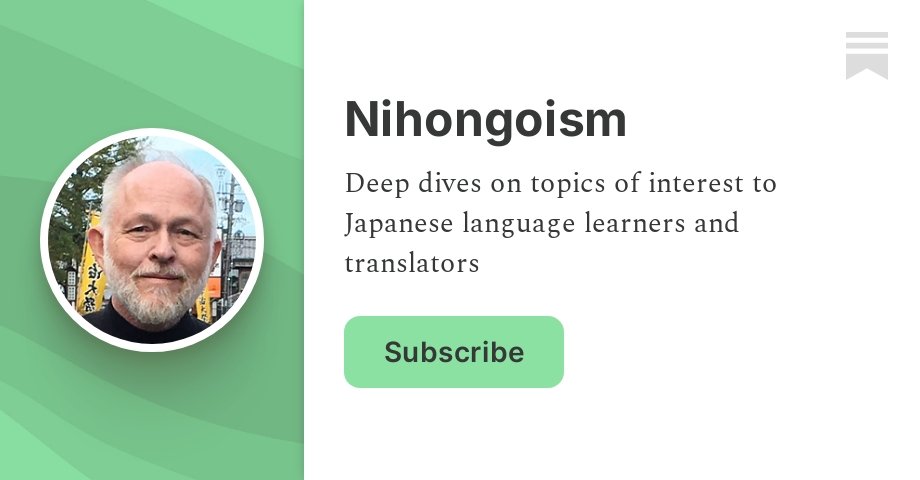Six months ago, I wrote about how AI would transform language learning as we know it. Since then, the pace of change has only accelerated, making what seemed like bold predictions appear almost conservative in retrospect. The Atlantic’s Louise Matsakis recently explored similar territory in her piece "The End of Foreign-Language Education," providing additional evidence that we’re witnessing a fundamental shift in how humans interact across language barriers.
Consider this: HeyGen now allows users to create videos of themselves speaking perfect Mandarin with just a selfie and a script. Samsung’s latest Galaxy S24 can translate phone calls in real-time. Spotify is experimenting with podcast translation that preserves the host’s voice. These aren’t future possibilities—they’re here now. And with AI glasses and other wearable translation devices on the horizon, the traditional motivation for learning a foreign language—basic communication—is rapidly becoming obsolete.
But this technological revolution doesn’t spell the end of language learning; rather, it heralds its evolution into something potentially more profound. As I argued in my previous piece, and as Matsakis’s reporting confirms, we’re moving toward a new paradigm where language learning becomes less about practical communication and more about cultural and cognitive enrichment.
The Atlantic article highlights an illuminating example from Star Trek: The Next Generation. In the episode "Darmok," the Enterprise crew has a universal translator but still can’t truly communicate with the Tamarians because they don’t understand the cultural metaphors that form the backbone of their language. This perfectly illustrates the distinction between mere translation and genuine cross-cultural understanding.
What’s becoming increasingly clear is that language learning will evolve into something more akin to cultural anthropology. It’s not just about knowing how to say something in another language—it’s about understanding why certain expressions exist, how they evolved, and what they reveal about the culture that created them. Take the Chinese metaphor about "building a ladder in a patient’s heart" mentioned in the Atlantic piece. While AI can translate the words, understanding the cultural context of recent Chinese medical practices gives the phrase its full meaning.
This evolution aligns with my earlier argument that language serves as a vehicle for representing and communicating our perceptions. Each language has developed its own preferred approaches to expressing ideas, and these preferences reflect deep cultural patterns. Japanese, for instance, doesn’t just happen to be “vague’“—its indirectness is deeply intertwined with cultural values.
The implications for education are significant. As Jen William from Purdue University suggests, language apps and sites shouldn’t cower in the face of AI advancement, or worse ignore it, but rather move toward a focus on the linguistic choices Japanese has made, and their implications. Instead of endless grammar and vocabulary drills, we might see programs focused on understanding why Japanese uses multiple levels of honorific speech, or how the Japanese worldview is reflected in its grammatical and lexical structures..
What seemed like a gradual shift six months ago is now an unavoidable reality. The question is no longer whether AI will transform language learning, but how we can best adapt our approach to language education to focus on what machines can’t replicate: the deeply human understanding of how different cultures use language to make sense of the world.
In this new landscape, language learning becomes less about achieving technical proficiency and more about developing cultural literacy and appreciating linguistic richness. It’s about understanding not just what words mean, but why they mean what they mean, the mapping between symbols and meaning. As AI handles the mechanical aspects of cross-language communication, we humans can focus on the more enriching pursuit of truly understanding each other across cultural divides.
This isn’t a death knell for language learning—it’s an invitation to explore languages in a deeper, more meaningful way. The future of language education lies not in competing with AI’s translation capabilities, but in teaching the human aspects of language that no machine, no matter how sophisticated, can fully grasp.
In future posts we will delve into specific examples of the mappings between Japanese language and psychology and way of life.
Thanks for the tip on HeyGen. I just signed up. Even though it is not completely natural yet, there is no doubt that HeyGen is an amazing service.
No posts
Ready for more?
